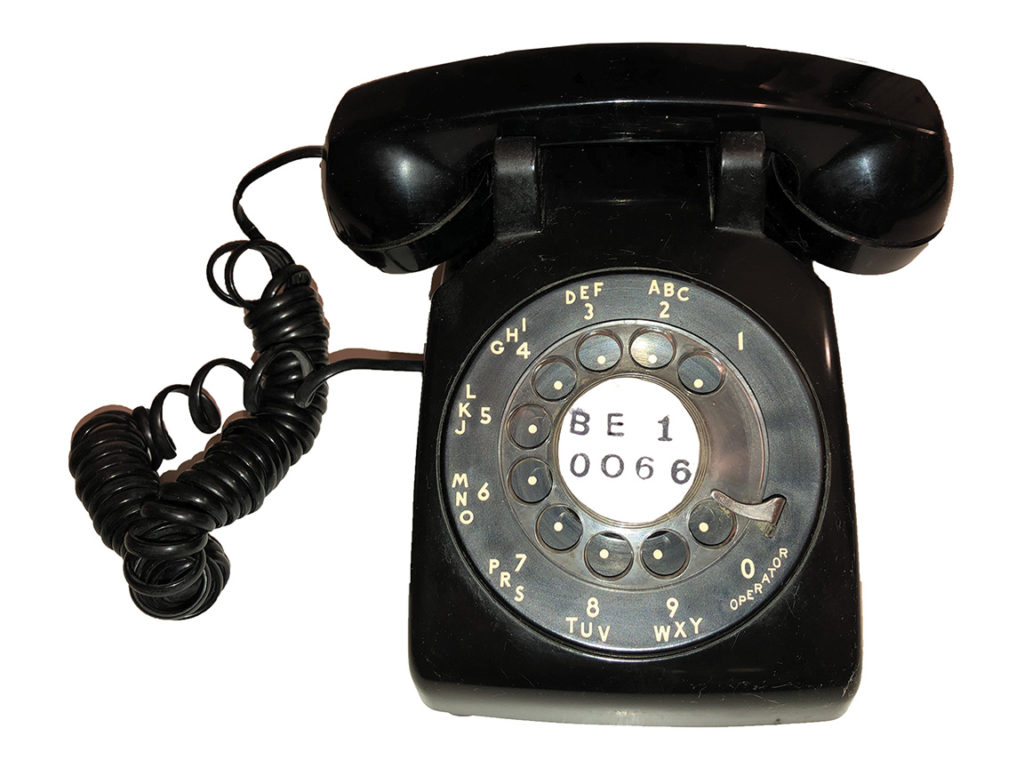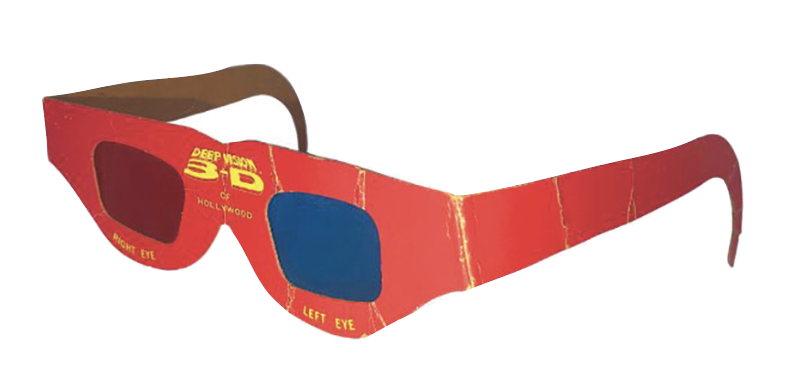
Dorri Partain
Northeast News
Even without dials, we still “dial” a number when making a telephone call.
When inventor Alexander Graham Bell invented the telephone in 1876, the need for phone numbers and dialing was yet to come.
Another inventor, Almon Brown Strowger, received U.S. Patent 486.909 for the development of the finger wheel and face plate in 1892, better known as the rotary dial system.
The dial uses a spring tension mechanism that allows the wheel to return on its own after being rotated by the user while dialing the number.
To dial a number, the caller places their index finger in the wheel opening showing the number being dialed, rotating the wheel clockwise until reaching the finger stop, then removing the finger to release the wheel to its original position.
The process is repeated until the complete number has been dialed.
The action of the wheel as it returns creates a series of electric pulses that are emitted and decoded during dialing; the number 2 has two pulses, and so on.
Between the years 1922 and 1970, the 4-digit number was preceded by an exchange comprised of two letters and a single digit.
The exchange name was determined by the area of the city in which the number was assigned to; in Historic Northeast those exchanges were BEnton 1 (231), CHestnut 1 (241), and HUmbolt 3 (483).
The desktop model shown was produced by Western Electric, an electrical engineering and manufacturing company, from 1950 to 1986, when the rotary dial was discontinued.
While customers had their choice of colors and styles, the phone was the property of the Bell System and customers were charged a monthly lease fee in addition to usage charges.
The Touch-Tone telephone was first introduced at the 1962 World’s Fair, and uses a dual-tone multi-frequency to dial a number.
Easier and quicker to dial, the touch-tone dial eventually replaced the rotary dial, but they do have one thing in common; they both use the coiled phone cord (1957, U.S. Patent 2,795,641A) to connect the handset to the phone.


















